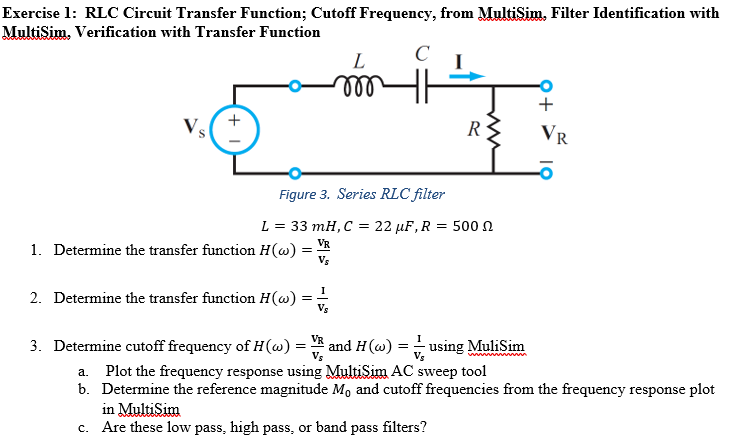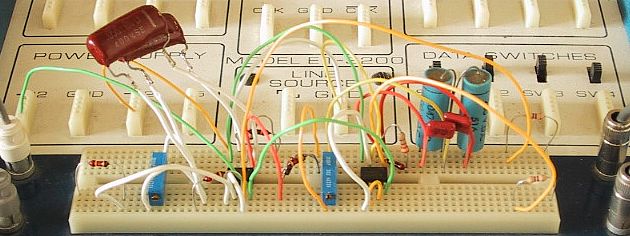

When an oscope says its -3dB point is 100 MHz they are saying they have placed a low pass filter on its input has a cut off frequency (-3dB point) of 100 MHz. So, on an O-scope they will add a low pass filter so that none of the internal devices are having to deal with frequencies above what they can handle. One simple example of this is an opamp and its GBWP. All of the devices required to convert your signal into something that is usable have attributes about them that are frequency dependent.

You can go as simple as a voltage follower up to something more complex like showing the signal on a screen or turning the signal into audio. All devices (analog or digital) have to do something with the signal. Brick wall filter being one that just before the cutoff frequency you are at 0dB (no change to you signal) and just after you are at -∞ dB (no signal passes through). Higher order can get closer and closer to a "brick wall" filter. The rate at which it drops off depends on the order of the system you are using. It is just saying the filter cuts off half of the power at that frequency. Next, you will cascade two second-order lowpass filters to design fourth-order Butterworth and Chebyshev lowpass filters. You will also learn how to define custom plots. The -3dB point is very commonly used with filters of all types (low pass, band pass, high pass.). In this tutorial you will first design second-order lowpass, highpass and bandpass Sallen-Key active filters using an operational amplifier, resistors and capacitors. So originally we had 36 W, now we have 18 W (which of course is half of 36 W).

In voltage it may not make not make tons of sense as to why we use ( \$\sqrt\$. The -3dB point is also known as the "half power" point.


 0 kommentar(er)
0 kommentar(er)
